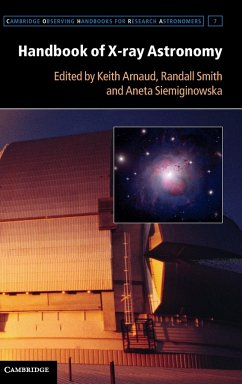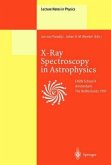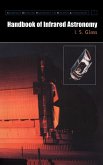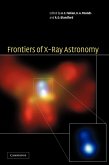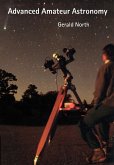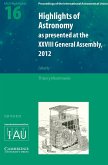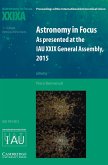Modern x-ray data, available through online archives, are important for many astronomical topics. However, using these data requires specialized techniques and software. Written for graduate students, professional astronomers and researchers who want to start working in this field, this book is a practical guide to x-ray astronomy. The handbook begins with x-ray optics, basic detector physics and CCDs, before focussing on data analysis. It introduces the reduction and calibration of x-ray data, scientific analysis, archives, statistical issues and the particular problems of highly extended sources. The book describes the main hardware used in x-ray astronomy, emphasizing the implications for data analysis. The concepts behind common x-ray astronomy data analysis software are explained. The appendices present reference material often required during data analysis.
Hinweis: Dieser Artikel kann nur an eine deutsche Lieferadresse ausgeliefert werden.
Hinweis: Dieser Artikel kann nur an eine deutsche Lieferadresse ausgeliefert werden.

